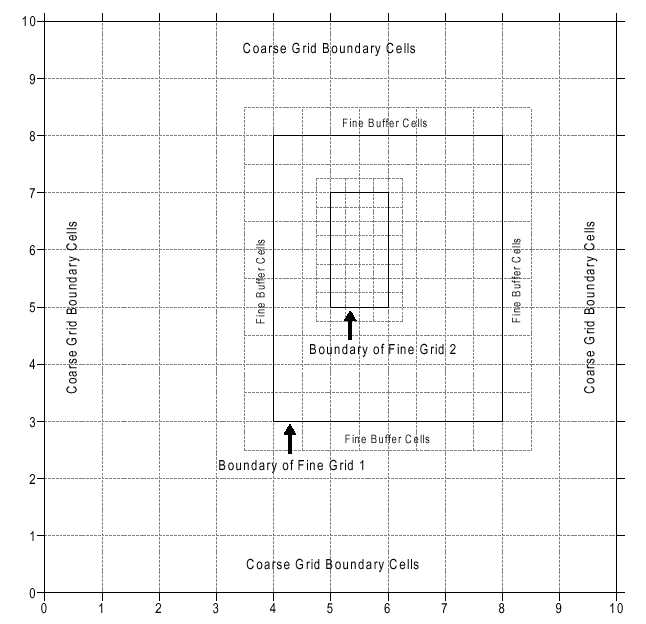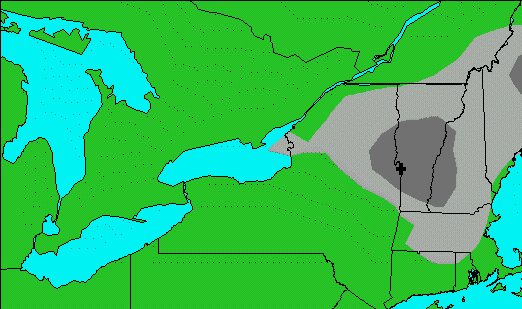| |
|
Comprehensive Air quality Model with Extensions (CAMx): Application
The Comprehensive Air quality Model with Extensions (CAMx) is another state-of-the-art photochemical grid model, similar to the Urban Airshed Model (UAM). The Users Guide describes the model as follows:
The Comprehensive Air quality Model with extensions (CAMx) is an Eulerian photochemical grid model that allows for integrated assessment of gaseous and particulate air-pollution over many scales ranging from urban to super-regional. It is designed to unify all of the technical features required of "state-of-the-science" air quality models into a single system that is computationally efficient, easy to use, and publicly available. The model code has a highly modular and well-documented structure which eases the insertion of new or alternate algorithms and features. The input/output file formats are based on the urban airshed model and are compatible with many existing pre- and post-processing tools.
| CAMx has the capability to run simulations using both a coarse grid structure (grids over large geographical areas) and fine grids, with higher spatial resolution. A single model run can do "two-way nested grids", that is, a single model run can be a combination of both coarse and fine grids. The graphic at right (click to see full-sized) shows a schematic of a two-way nested grid structure. The coarse grid cells are typically in sizes of 10-50 km, while the fine grid cells are approximately 1-2 km in size. |

|
| Two-way nested grids can also be established in the vertical layers. The graphic at right (click on image to see full-sized) shows vertical nesting. The lowest two coarse grid layers are split into four layers in Fine Grid 1, and the lowest five layers of Fine Grid 1 are split into nine layers in Fine Grid 2. Note that the fine grids possess a matching layer interface for every parent grid layer surface. |

|

|
The CAMx model also incorporates a "plume-in-grid" submodel, in addition to its two-way nested grid capabilities. This feature allows the modeler to more accurately model emisssions and chemistry for point source NOx plumes. In essence, photochemical grid models that incorporate a PiG structure provide the analyst with both an Eulerian model and a Lagragian model. |
The PiG structure functions in a Lagrangian mode, modeling the plume or the puff as it moves across the modeling area (urban- or regional-scale), all in an Eulerian (box model) construct. It should be noted that CAMx uses its own version of the PiG structure, with a goal of dealing with large point source NOx emissions by only considering the inorganic chemistry of emissions and air pollution chemistry. In an effort to dismiss any notion that air quality modelers have no sense of humor, the CAMx developers call their "brand" of PiG the Greatly Reduced Execution and Simplified Dynamics Plume-in-Grid, or "GREASD PiG".
| The animated graphic at right (click on graphic to see full-sized) shows a typical CAMx visualization of ozone formation and transport over upstate New York going into Canada. As is typical, the RGB (red-green-blue) color spectrum is used, with red indicating high concentrations of ozone and blue representing low concentrations of ozone. This animation is visualized using a specialized visualization tool PAVE, described in more detail in the reading on CAMx architecture. |

|
The CAMx 3.0 Users Guide is particularly well-written, and a very instructive document for enhancing your understanding of the application, algorithms, and architecture of this representative photochemical grid model.
Confused? Have a question? If so, check out the Frequently Asked Questions (FAQ) page or send mail to the OS411 tutor (os411tutor@shodor.org) with your question!
Report technical/content problems here
|
|